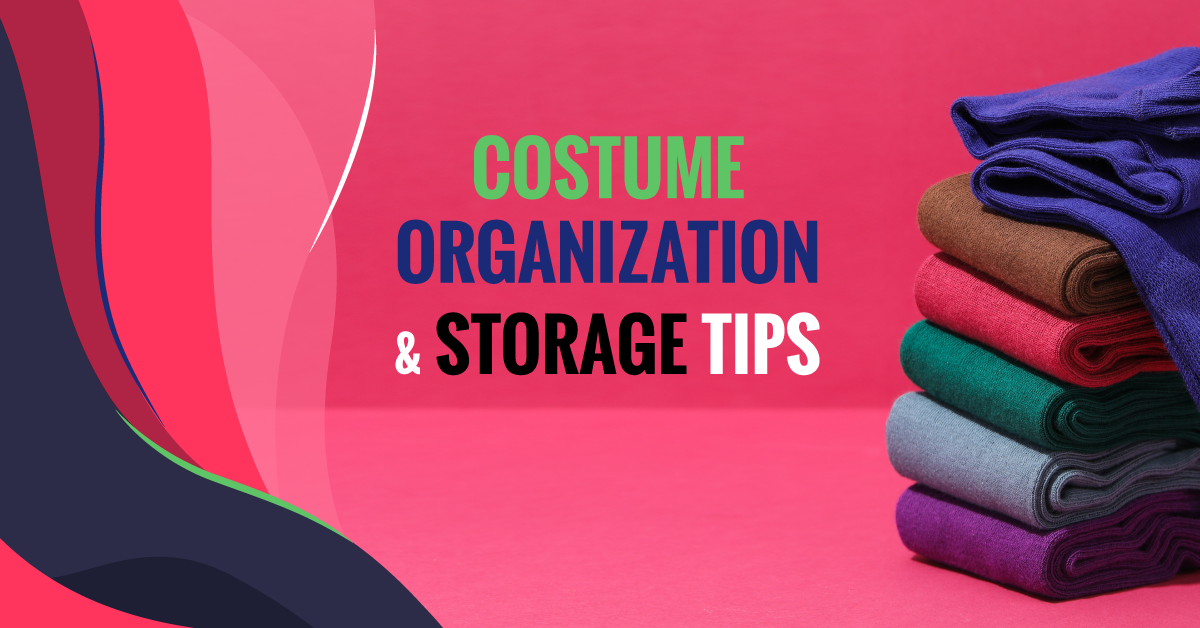How to Effectively Communicate with Rental Sources
Real talk: Teachers, it is likely you won’t have every item on your props, costume, and set wishlists for the show. It is also unlikely that you are staging your show with an unlimited budget, a massive design team, and an extensive props and costume storage warehouse. In that case, it will be necessary to reach out to other schools and drama departments in your area, community theatre groups, or other resources, to rent or borrow items for your show.
Renting and borrowing items is a great way to help you to fill your costume, prop, and set requirements without having to create or buy everything yourself (and eat up your entire budget), and to forge relationships with fellow community members.
Here are some tips to help you navigate this situation, and thoroughly impress your rental sources with your professionalism – which will make it more likely that they’ll rent to you again in the future!
1. Give the source as much information as you can.
When you approach the potential resource, give them as much pertinent information as possible right away, including:
- Your name, as well as the names of any other people who may potentially act on your behalf (assistants, parent volunteers, etc.)
- The name of the school you represent, as well as the age/grade level of your students (this gives the rental sources an idea of how roughly their items might be handled)
- The title of your show
- The performance dates of the show, how long you’d like to rent the items for, and when you would be able to return the items
- Your budget allocation for rentals or, if you have no budget, some way to “pay” for the rented/borrowed items (advertising space in the program or an exchange offer, such as loaning items from your stock to their production)
2. Have a clear and specific list of what you need.
Please don’t contact a source without having a clear list of what you’re looking for, along with sizes and quantities. Yes, it’s easy to say “I need costumes for our production of The Lion King, I’ll take anything you have,” but that doesn’t give your source much information. Be specific – for example, if you need to costume fifteen hyenas and twelve lionesses who range in size from small to extra large, your life will be much easier if you know exactly how many students are what size! This way you won’t end up with a bunch of useless costumes that don’t fit, or only five matching costumes when you needed twelve.
Or, if you’re looking for a particular set piece or prop, have the ideal measurements of the item, or the measurements of your performance space available to compare. There is no sense in trying to rent a prop coffin for Oliver or a torture rack for The Addams Family, only to find you can’t get the item through the door of your space. (Side note: Be sure you have a large enough car or truck at your disposal to pick up the item. Don’t expect the source to deliver to you unless they offer.)
3. Have a clear idea of the design vision for the show.
Are you setting your show in the period in which it is written, or are you setting the show in a different time period? There’s no sense getting a renaissance-style cottage flat if your Hamlet is set in outer space. Having a Pinterest inspiration board or inspirational sketches to show your source can help them to help you find exactly what you’re looking for – no wasting time looking at ruffs and robes when blasters and space suits are what’s needed.
This will also help your source to quickly identify what they have in stock that will work for your show. For example, you and your source may both have done Willy Wonka and the Chocolate Factory, but they may have dressed their Oompa-Loompas in orange overalls, while you were hoping for green. Would the orange overalls work with your show, or will you have to look elsewhere?
4. Be flexible and prompt.
The rental sources are doing YOU a service by lending or renting their items to you, so be as flexible with your time as possible. If their office hours for pickup are between 10 am and 4 pm, don’t ask them to stay until 7:30 just for you. Make arrangements to go at the time they indicate to you, and arrive on time. This may mean sending someone on your behalf if their hours are during school hours, or going on your lunch hour or during your prep time if that is possible.
Being extra early can sometimes be as inconvenient for them as being late – sources usually book their meeting times for a good reason, and if you arrive super early, they may not have had a chance to pull the items in question out of storage.
5. Do not alter borrowed or rented items without the express permission of the source.
The pants you got for your leading actor are nearly perfect – they’re just a little bit too long for the student. It’s fine to go ahead and hem the pants, right? NOPE! Always be sure to contact the source and ask permission if you want to make alterations, and be sure that any alterations are reversed before returning the item unless arranged otherwise. For example, if you hem a pair of pants, be sure not to hack off the excess material – hem the pants carefully and then remove the hemming stitches after the show. Or if you have permission to paint a flat, paint it back to its original colour after the show.
6. Return items in the same or better condition than you got them, and in a timely manner.
Make a detailed list of every item you rented or borrowed, and which source it came from (especially if you rented or borrowed from multiple sources). It might be useful to photograph all rented/borrowed items for this purpose. If you can, label each item as well. That way, rented items are less likely to go missing.
Find out how to properly care for all the items, and return the items in as good or better condition than you got them. Make sure all costume pieces are properly washed and/or aired and that there are no rips, stains, or missing/broken trims. Make sure that the props are in good working order, and that flats or set pieces are touched up and looking fresh.
If something happens and an item does get broken, contact the rental source right away. This is to not only inform them that the incident happened, but to find out how they’d like to proceed – do they want you to fix the item, do they want to fix the item themselves, do they want the item back or not, will there be a damage fee, and so on. Honesty is the best policy in this case.
You also need to ensure that your items are returned in a timely manner – on or before the source’s due date. They may have the items going out to another production after yours, or they may be planning to use the items in an upcoming show of their own. Be respectful of the source and return all the items on time. Don’t make them have to hunt you down to get their items back!
7. Be courteous.
Find out the full name of the person in charge of rentals so you can credit them in the program (such as in a “Special Thanks To” or “_________ Provided By” section), and send a thank you card afterwards. Small gestures like this go a long way to creating a positive relationship with rental sources.



